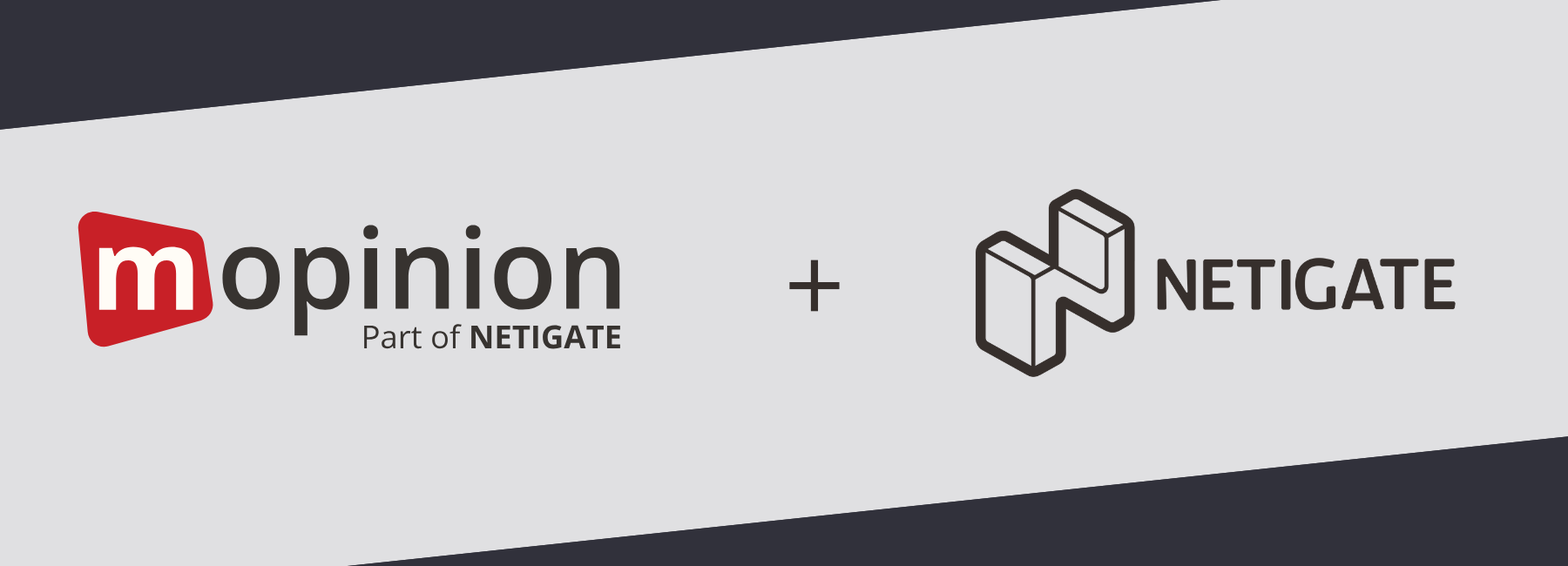According to a study carried out by RTE, over 30% of companies do not monitor what is being said about them online – whether it’s on their website, mobile app or social media profiles. And interestingly enough, much of this hesitancy is attributed to their fear of negative online feedback. And this preconceived notion that businesses have about online feedback is preventing them from utilizing it to their full advantage. But trends are rapidly changing as businesses are finally realizing the power of online customer feedback, whether it’s positive or negative.
In this article, I will talk about how feedback – positive, negative or neutral – can provide companies with insights that they can use to improve their products, websites, mobile apps, and customer relationships.
The outbreak of online feedback tools
Online feedback tools, which have recently made a strong entry into the digital marketing world, are capable of generating valuable insights into the customer journey. They help companies develop strong digital strategies which lead to improved product innovations, an enhanced online customer experience and increased customer loyalty.
They also have the potential to be very well-rounded in terms of the types of feedback collected. For example, a digital marketer can utilize feedback for content strategy and funnel optimisation, while a web analyst can use it to understand how customers experience the website (e.g. usability).

Another way in which companies can use insights about online feedback is to understand what their customers think about, say, for instance, their flagship product. What are the concerns shared by unsatisfied customers? What are the specific shortcomings? Is it something to do with the product’s aesthetics or its effectiveness? On the other hand, what are the satisfied customers talking about? Is there any rational relation between the concerns and the good points? With a feedback analytics tool, this all becomes easier.
- Collect unlimited feedback
- ■
- Free 14 day trial
How to use negative feedback to your advantage
As previously mentioned, negative feedback is a source of apprehension among many businesses. But what these businesses are overlooking is the fact that there are many ways in which the negative feedback comments can actually benefit them (assuming the right techniques are applied).
Here’s how:
1. Think of it as constructive criticism
Negative feedback allows you to identify your weaknesses. Think of it this way, your customers are usually the first to identify any errors or complications on your website and it is up to you to take advantage of this criticism and leverage it for future improvements. For example, you have just been notified by a visitor that the confirmation page for the product they just purchased never appeared. With a feedback programme in place, these customers can easily report these mistakes and businesses can easily correct them.

2. Understand how your customers are feeling
A technique known as text analysis enables businesses to measure the sentiment behind feedback. This is particularly helpful in cases where feedback volumes are high and not every feedback item can be analysed on the spot. With text analytics, you can assess multiple issues in the customer journey by looking at the sentiment of particular words used, as well as the frequency with which those are words are used. If you see, for example, that the word ‘purchasing’ is associated negatively in your feedback, this will automatically set off an alarm that something is going wrong in your purchasing funnel.

3. Don’t ignore customers – respond and build up trust
Ignoring online feedback, whether it’s positive or negative, does not only have the potential to damage a company’s online reputation but it also gives the impression that the company is less transparent and less customer-centric. This is true on websites, mobile apps and on social media – take it from Dynamic Business in this article.

Therefore, following up on negative feedback is critical for companies who want to build trust with their customers. Collecting (negative) feedback in real-time can be a really advantageous way of doing this. With these live insights, your digital team can quickly identify any dilemmas as they unfold on your website and take action in time.
No more negative feedback nightmares
Now that you know how to properly deal with your negative customer feedback, there is no reason to be afraid anymore. After all, it is simply an opportunity to improve the online experience, build up stronger relationships with your customers and of course, enhance the usability of your website and mobile app.
About the Author
Mia Stokes is a graduate student at Western Sydney University, whose passion is writing. She specialises in writing articles for fellow students in which she shares tips, advice and experience. She also enjoys travel, tennis and swimming. Follow her on Twitter: @stokesmia23_mia
Ready to see Mopinion in action?
Want to learn more about Mopinion’s all-in-1 user feedback platform? Don’t be shy and take our software for a spin! Do you prefer it a bit more personal? Just book a demo. One of our feedback pro’s will guide you through the software and answer any questions you may have.







